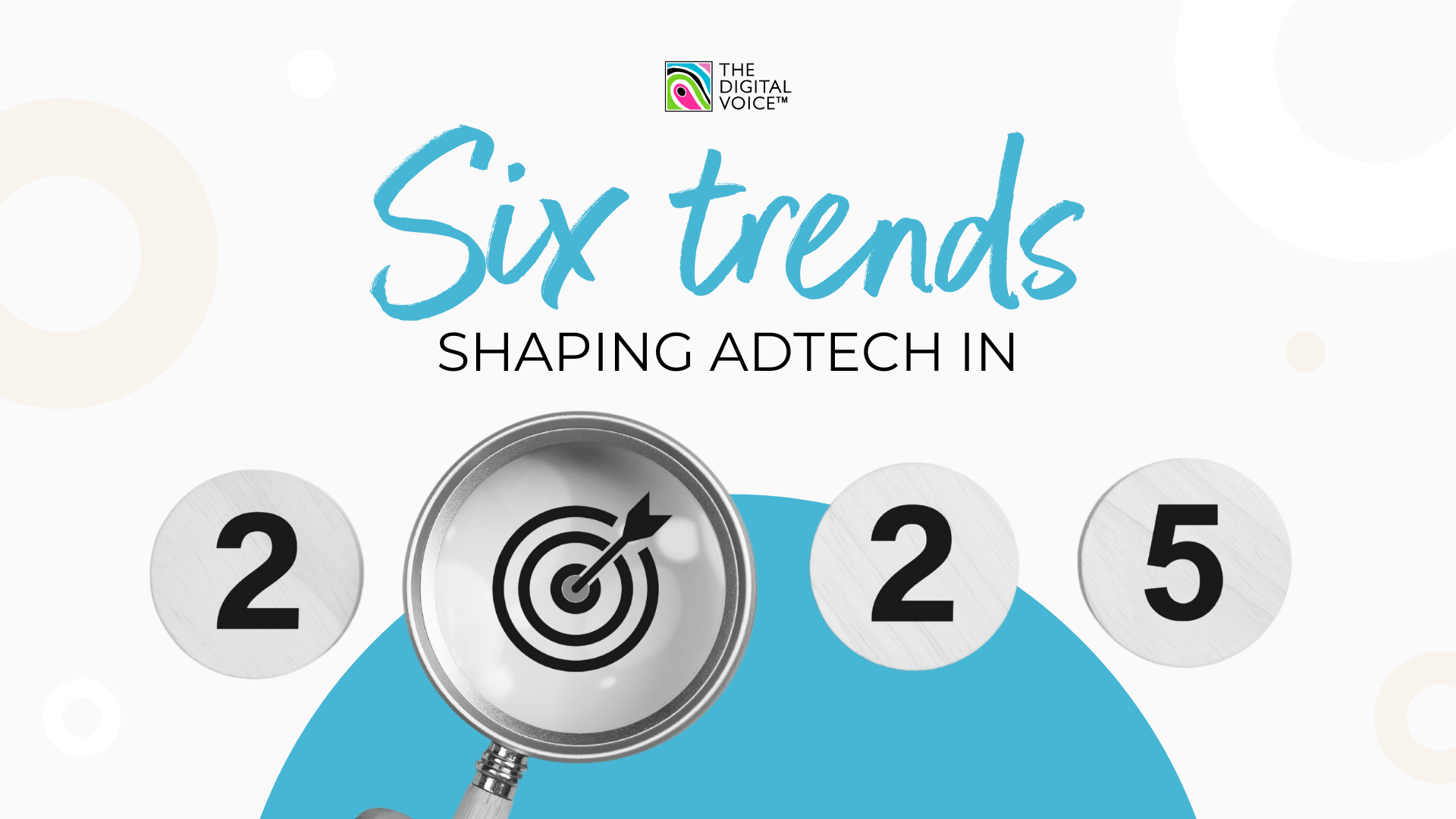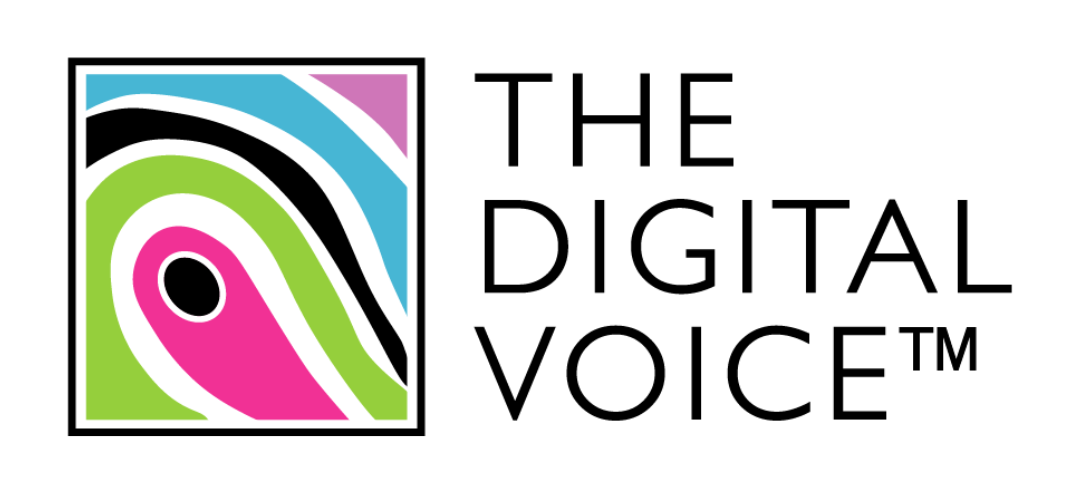Six trends shaping adtech in 2025

We’re not far into 2025, and yet we’re already seeing some clear adtech trends starting to take shape. Marketing budgets are under intense scrutiny, making effectiveness and efficiency two watchwords for the year ahead. As a result, brands and advertisers are more keen than ever to ensure their activity can prove its worth, and that their work reaches and engages audiences. To do this, they are turning to some of the most innovative platforms on the market, and these solutions are helping to shape this year’s narrative. So, here are six of the top trends shaping adtech in 2025.
1. Referral marketing
The rising cost of customer acquisition has long been an issue of growing concern across the digital and performance advertising space, even as results from traditional advertising are proving harder to achieve. The partnership economy has established itself as a highly innovative and successful solution, and referral marketing is the latest product making waves in the space.
Referral marketing allows brands to reward their own happy customers for spreading the word about their products and services, with companies like impact.com and its /advocate technology pioneering the space. Specifically, it ingeniously streamlines customer referral marketing, with its ability to drive customer advocacy and community and attract new customers entering the discovery phase, and does so alongside the huge power of broader partnerships on the same platform.
2. Semantic data
Nothing personifies digital advertising’s ability to regroup and evolve quite like its use of semantic data. This is data used by platforms like Onetag and GumGum to further the power of contextual advertising, using machine learning to truly understand the sentiment of a piece of content and place appropriate ads there accordingly.
Not only does semantic, contextual intelligence allow brands to meet their audience at the perfect moment, but it also helps publishers to achieve their full inventory potential and boost revenues as a result. Semantic data is also future-proof, in that it is entirely privacy-compliant, and works with all formats, demand partners and devices.
3. Outcomes data… and CTV
As technology develops, marketers have access to greater quantities of data with which to measure their campaigns. One of the most exciting, new kinds of data is outcomes data, which can be used to analyse the effect advertising has on various brand metrics, especially in the conversion phase of the consumer journey. Traditional performance advertising metrics will tell you how successfully a campaign was delivered, and how it performed in driving results, but outcomes data will tell you how consumers perceive a brand, providing nuanced, in-flight context for a campaign’s overall performance.
When it comes to brand lift specifically, platforms like Brand Metrics are able to provide outcomes data and analysis for CTV, offering insights into a fast-growing, highly appealing sector in need of good data.
4. Retail media: Structure for success
Retail media has been troubling the top of most adtech industry trend lists for the last few years. But, as it becomes a more established and better understood form of marketing, advertisers are having to look at how they operate to make the most of this exciting form of advertising. Often, their approach will depend on the staff they have and the ways they already understand, but coming from an in-store or wholly digital perspective has the potential to create siloed campaigns, when the true potential of retail media is to cover the entire purchase journey, on- and offline.
Loyalty, insights and media services agency Nectar360 acknowledges there are numerous potential approaches, but advocates for a structure capable of surveying the entire landscape, perhaps led by a dedicated head of retail media, and integrating both in-store and digital disciplines.
5. Walled gardens become unsavoury solutions
Once considered places of brand and advertising safety, walled gardens run by the likes of Google, Meta and Amazon are increasingly the object of brand safety-conscious scepticism because of their owners’ well-publicised political leanings. As a result, the open web is returning as a refuge for brands of all types looking to engage vast, untapped audiences away from the associations some of the walled gardens bring.
Digital advertising solutions like GumGum are using proprietary technology to help brands reach these audiences safely, combining context, attention measurement and high-impact creative to drive advertising success for their clients.
6. The evolution of the ad network
Ad networks have been around since the dawn of digital advertising - connecting publishers and advertisers for nearly 30 years. The secret to their survival has been the ability to remain relevant and evolve as the market has advanced. Today, they offer a wide variety of powerful tools and solutions for everything from contextual targeting and effective attribution to enhanced sustainability and privacy-first targeting. The potency of advanced programmatic platforms such as Limelight means they’ll have increasing influence across the industry in 2025.
So there you have it, our top six trends to look out for in 2025. This year has all the makings of a fine vintage for the digital advertising world and we hope you enjoy watching it unfold as much as we will.

Tommy has been writing about tech for over 15 years, making his (glamorous) debut on What Laptop? Magazine in 2007. Since then, he has written for a broad variety of publications (including The Guardian, TechRadar.com and Shortlist.com) covering a wide variety of technology, lifestyle and automotive topics. It is Tommy’s desire to understand what helps, engages and promotes The Digital Voice’s clients that lies behind his approach to premium content creation and communications.



